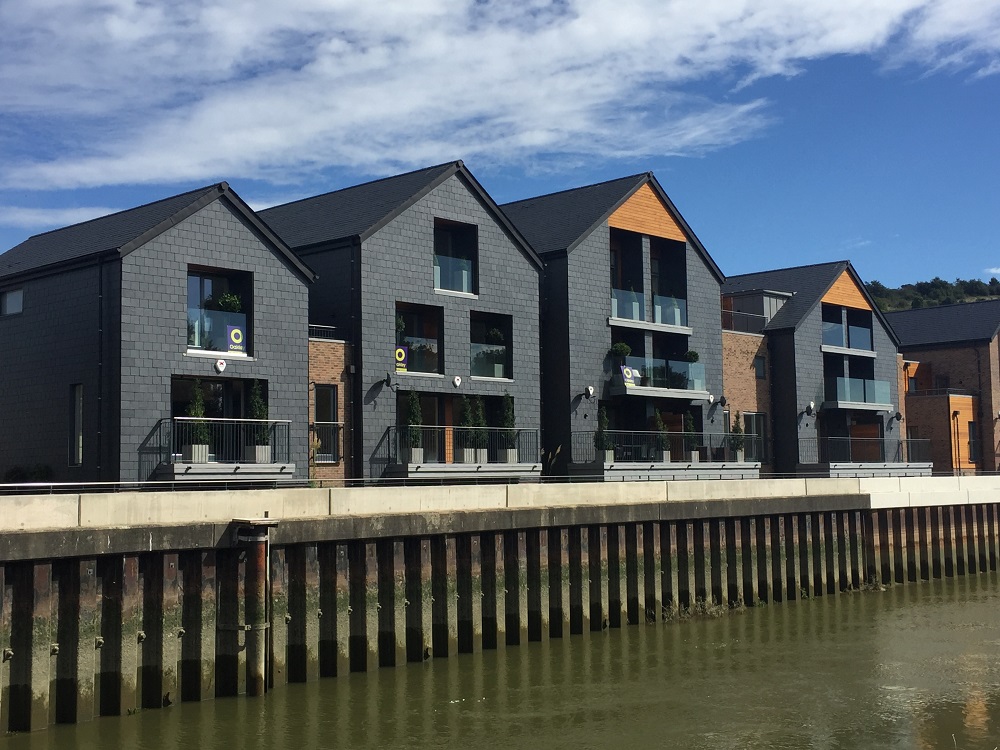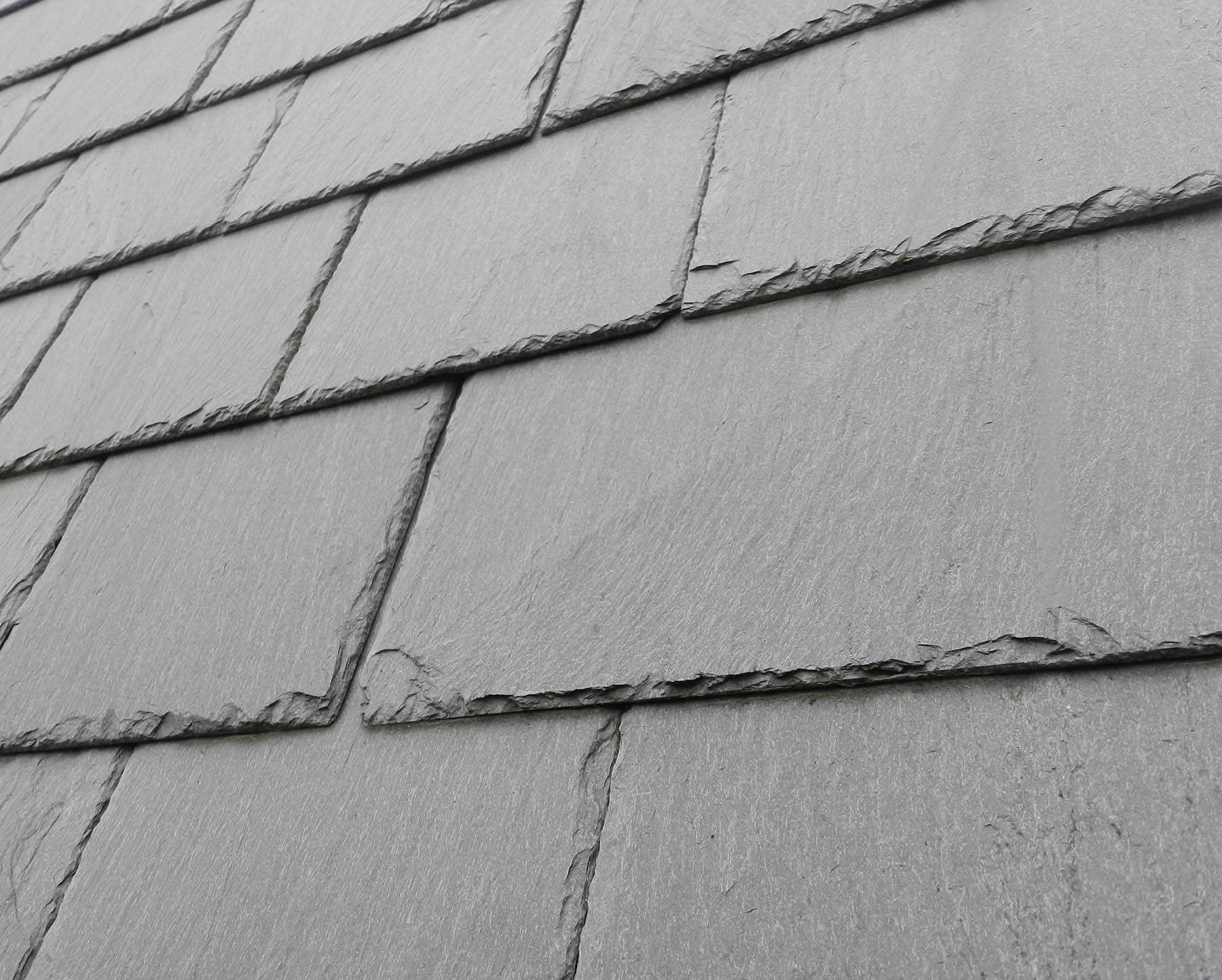Richard Cook of SSQ looks at changing fire regulations in the wake of Grenfell – and why natural slate is an outstanding non-combustible choice.
It’s been several years since the disastrous fire at Grenfell Tower.
From an isolated blaze in a single flat, the flames quickly spread to the rest of the 24-storey building, killing 72 people and leaving a further 70 with severe injuries.
The incident had a deep and immediate impact on the popular consciousness, and is likely to be one of those moments we all remember forever – not just because of the terrible death toll, but because all that suffering could and should have been prevented.
It’s also affected virtually everyone in the construction trade in one way or another.
Grenfell happened because attitudes to safety were lax – and in its wake, the sector has come under huge pressure to improve.
The Hackitt report – led by Dame Judith Hackitt, ex-Chair of the Health and Safety Executive – examined its conduct, and resulted in a lengthy list of recommendations for how it could improve.
She criticised a “cultural issue across the sector, which can be described as a ‘race to the bottom’ caused either through ignorance, indifference, or because the system does not facilitate good practise.
“There is insufficient focus on delivering the best quality building possible, in order to ensure that residents are safe, and feel safe,” she said.
The government went on to ban combustible materials above 18 metres on residential buildings.
Key fire regulations

So what standards do products have to pass to be used above 18 metres? There are several, but one of the most important is BS EN 13501-1.
To pass it, products are put through up to five tests, which assess their performance when it comes to combustibility, how likely they are to produce smoke, and help a fire spread.
Once the test is complete, the products are given three different ratings – one representing how combustible a product is (A1 to F), one how much smoke it would produce (s1, s2 or s3), and one representing how many flaming particles or droplets it would produce (d0 to d2).
Non-combustible – the best choice

However, it’s important to note that these rules don’t apply to all products.
With fire safety in the spotlight more than ever in recent years, it’s only natural that more and more prospective customers are asking us what changing regulations mean for the installation of slate roofs.
But our slate and phyllite products are unaffected, because those materials have been repeatedly proven to be non-combustible.
Approved Document B of the Building Regulations states: “roof covering products (and/or materials) defined in Commission Decision 2000/553/EC of 6 September 2000, implementing Council Directive 89/106/EEC, can be considered to fulfil all of the requirements for the performance characteristic ‘external fire performance’ without the need for testing”.
Despite the UK’s departure from the European Union, the particular EU Directive referred to above is still in force – and it lists natural slate as one of the materials exempt from testing due to its long-established outstanding fire performance.
All SSQ’s natural slate can therefore be used wherever non-combustible roofing products are required.
Speak to SSQ
If you’re looking for an outstanding roofing product that excels on all fronts – including, crucially, fire safety – speak to SSQ today.
For more information, call us on 020 8961 7725 or send us a message online.


